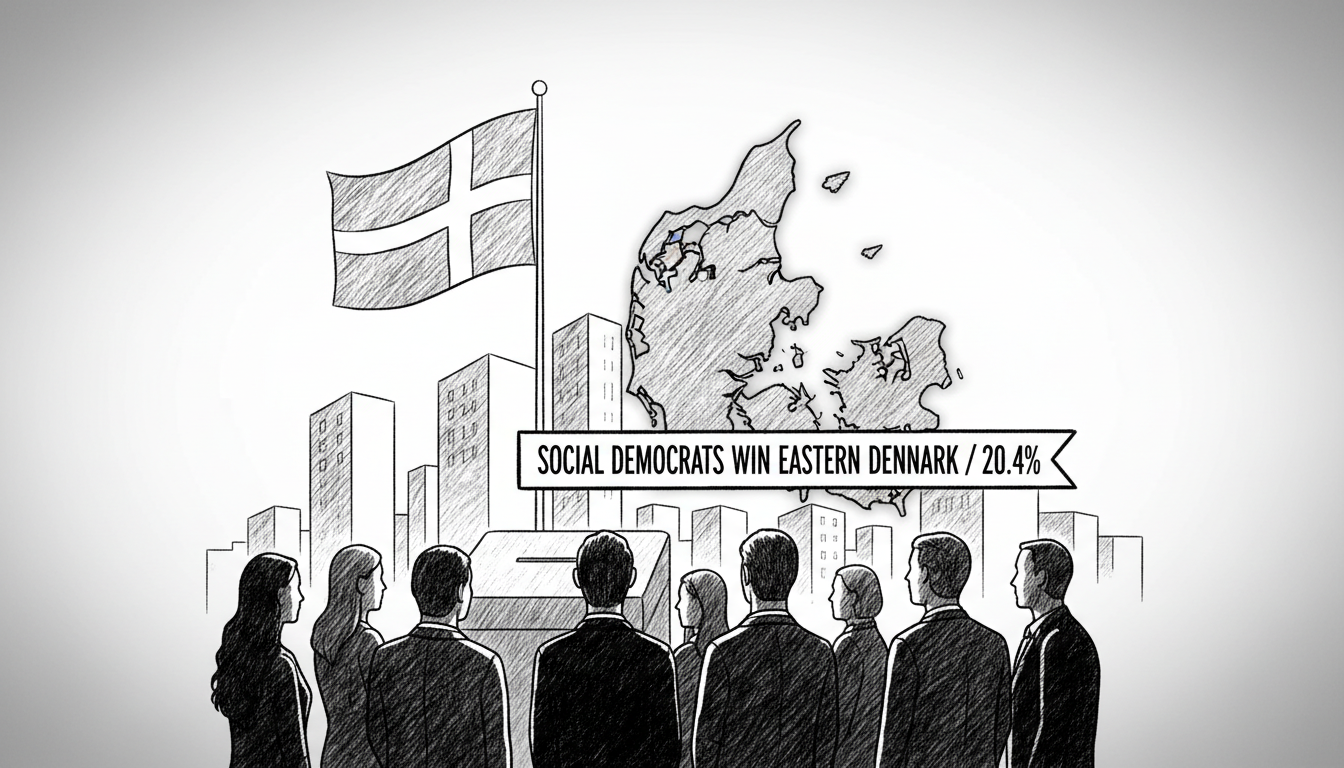The Social Democrats have secured the largest vote share in Denmark's newly created Eastern Denmark Region. Their lead candidate Lars Gaardhøj guided the party to victory with 20.4 percent of votes. This marks a significant political development in Denmark's regional restructuring process.
The new administrative unit combines the existing Capital Region and Zealand Region. Lars Gaardhøj currently serves as chairman of the Capital Region. His experience in regional governance positions him as a likely leader for the merged territory.
Danish regional elections determine who oversees critical public services. Regional councils manage hospitals, public transportation, and environmental planning. The Social Democrats' strong showing gives them influence over healthcare delivery and infrastructure development for nearly three million residents.
Why does this merger matter for international observers? Denmark's regional consolidation represents broader European trends in public administration reform. Many countries face similar challenges balancing localized decision-making with administrative efficiency. The Danish model often serves as a reference point for other nations considering structural reforms.
The transition period raises practical questions. How will two separate administrations merge their operations? Current plans indicate the existing regions will continue operations throughout next year. The fully integrated Eastern Denmark Region becomes operational in January 2027.
Political analysts note this victory strengthens the Social Democrats' position ahead of national elections. The party now controls both the national government and the country's most populous region. This dual authority could accelerate policy implementation, particularly in healthcare and transportation.
International residents should understand what changes they might see. Hospital systems may undergo reorganization, though patient services should continue uninterrupted. Public transportation routes connecting Copenhagen with Zealand may see optimization under unified management.
The regional merger presents both opportunities and challenges. Combining resources could improve service efficiency, but merging different organizational cultures often proves difficult. The Social Democrats will need to demonstrate they can deliver tangible benefits from this administrative overhaul.
What happens next? The party will begin planning the integration process during the transition year. They must align different operational systems, merge staff, and establish new management structures. Their success or failure will likely influence future regional reform debates across Scandinavia.

